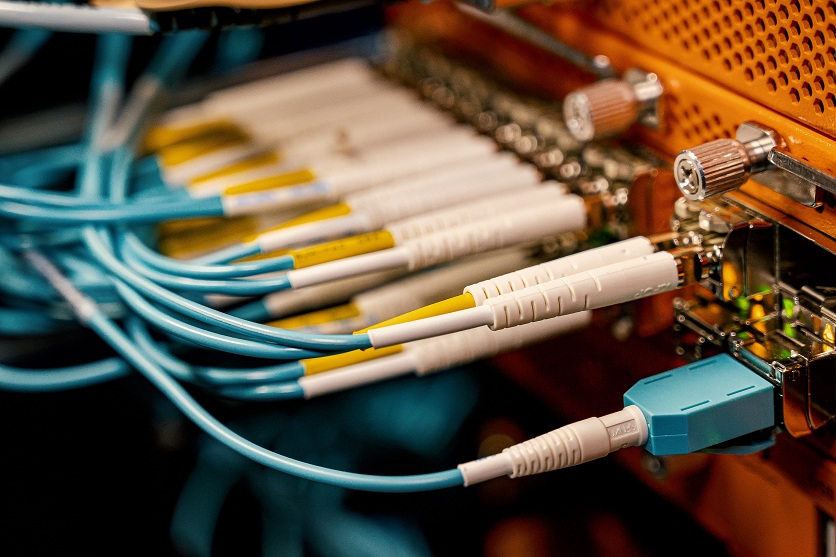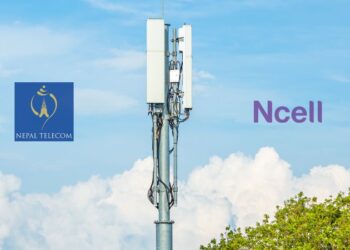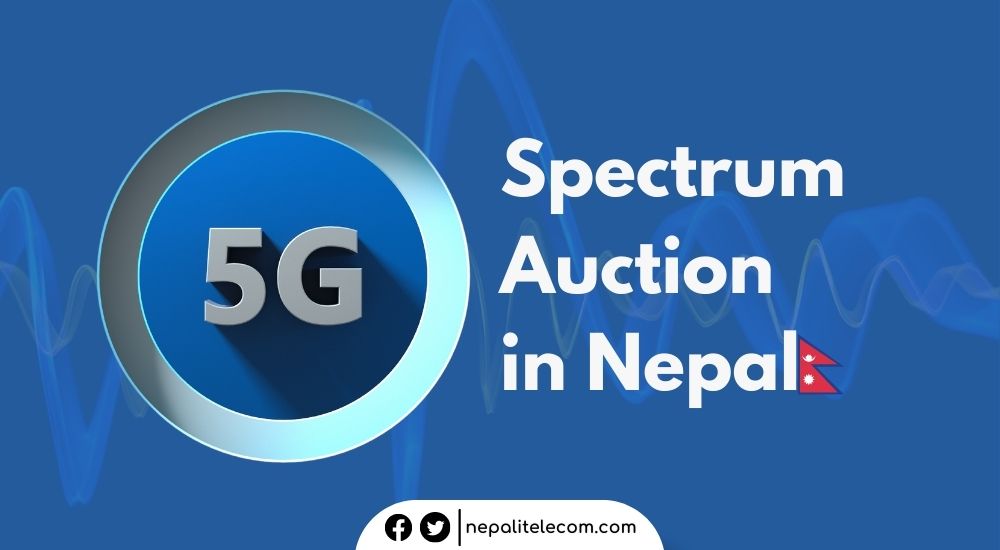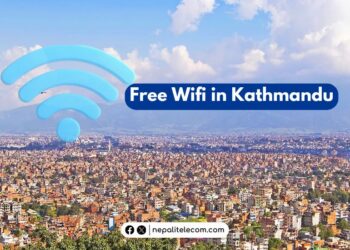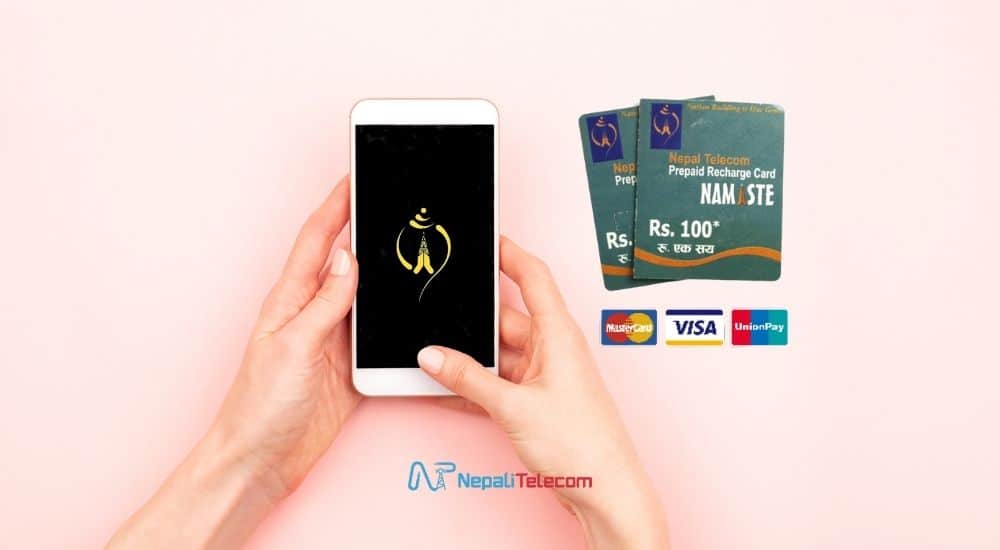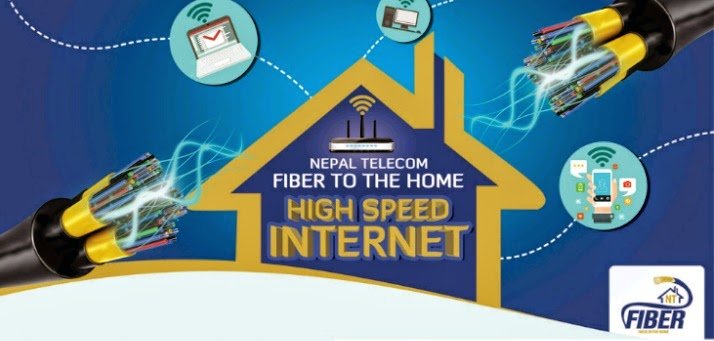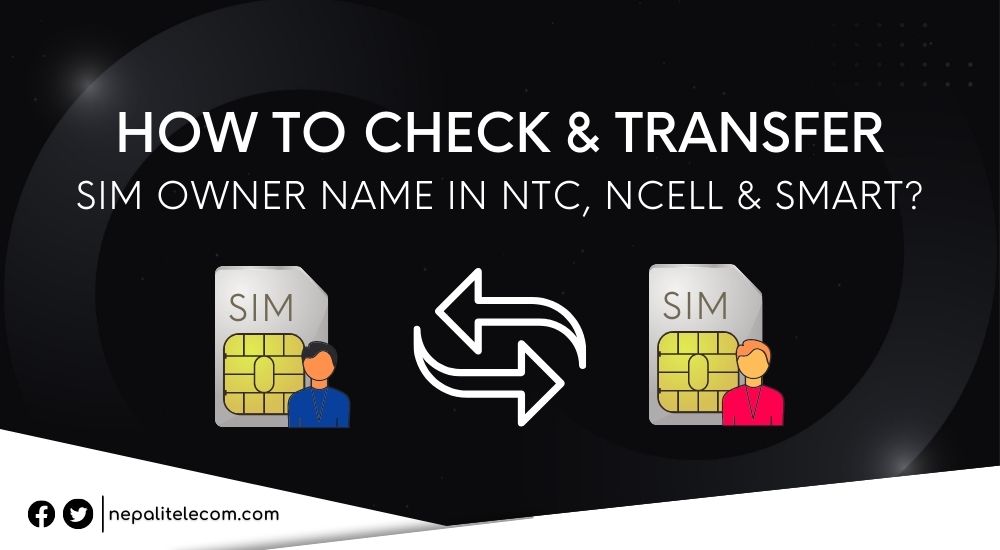The broadband penetration in Nepal continues to touch new milestones. According to the latest Nepal Telecommunications Authority (NTA), the total data coverage has reached 149.23% in terms of population penetration. In this post, we provide details of connectivity status across Nepal from mobile to fixed line, and other broadband services.
A few years ago, the country’s telecommunication penetration was measured by its teledensity. But now broadband connectivity has entered the equation. If you were not aware, teledensity is the percentage of telephone access to people. But now mobile and broadband internet penetration has become key indicators for the state of communication access to people. Below in this post, we update broadband penetration among major telecom services (fixed and wireless) in Nepal as per the latest MIS report by NTA for Ashar 2081.
But first, let’s understand by understanding the meaning of broadband internet:
Recommended: 5G vs Fiber: The battle between the wireless and the fixed broadband
What is broadband internet?
The common understanding is that broadband means high-speed internet. It sounds the same too but it requires a careful definition. What is broadband internet? It means a type of connection that transcends regular or old-generation internet speeds. This varies from country to country. Because depending on a country’s needs, and capacity, broadband internet harbors different means. So, that leads us to the inevitable – What is considered a broadband connection in Nepal?
Earlier, an internet connection with a speed greater than 512 Kbps is considered broadband internet in Nepal, as per the NTA broadband policy. Previously every home internet access other than dial-up connections was considered broadband internet. But nowadays, broadband internet does not include GPRS, EDGE, or any other lower-speed internet connection from older generations. Fortunately, most of the areas in Nepal today have a high-speed mobile broadband connection as telcos have accelerated their network expansion in rural areas too.
But, if we calculate the total internet penetration including all of the slow-speed services, then the total population connected by the internet would soar very high. We hope we have cleared you enough on the perceived meaning of broadband internet in Nepal. Now, let’s head to the factual data.
Find out: Meaning of Mobile Network Signs | G, E, 3G, H/H+, 4G, 5G, VoLTE
Telephony penetration in Nepal
The latest NTA data has shown that the total teledensity in Nepal stands at 141.40%. It is a slight decrease in two months. In Ashar, the total teledensity stood at 143.62%. The telephony services in Nepal include GSM, WCDMA, CDMA, etc.
Mobile broadband in Nepal
Mobile penetration has reached 107.02%. The figure does look encouraging, however, the real-time data escapes areas where connectivity still remains absent. The real data is lower than that as that would actually count the unique mobile service subscribers. If we take into account dual SIM customers, SIM owners who moved abroad, old age/infant people, discarded SIM cards, etc., the unique Mobile penetration would come down below 100%. Broadband service includes cellular connection in mobile technologies such as WCDMA/EVDO (3G), and LTE (4G).
Total broadband Stats in Nepal
Total broadband coverage has certainly improved now as it surpasses well beyond one hundred percent which has left behind the forgettable suffrage of dial-up internet. With the advent of 4G and fiber systems whose speeds range from at least 1 Mbps to around 100 Mbps on average, Nepal’s broadband quality and penetration have seen a remarkable improvement. The fourth-generation mobile network 4G came in 2017 and has gradually led Nepal’s wireless mobile broadband transformation. At the same time, fiber internet service saw a revolutionary transformation in 2021.
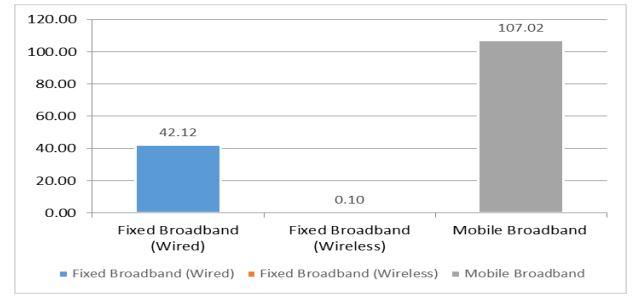
After CG Net bludgeoned the market with a hyper-aggressive 120 Mbps deal, ISPs raged into a speed war. Now, a 100 Mbps internet speed is offered by every major ISP. As per the latest stats, fixed-line broadband (wired) reach has reached 42.12% by 2081 Ashar. The data shows that there are currently twenty-eight lakhs, four thousand, nine hundred, and twenty-eight fiber internet users in Nepal.
Meanwhile, the ADSL has been pushed to the margin with just five thousand, two hundred, and twenty-seven users. The total has been on a declining trajectory as Nepal Telecom (NTC or NT) has shunned the dated copper-based service and made fiber internet FTTH its default subscription. It is also noteworthy that Ntc is the only ADSL internet service provider in Nepal. The telco now provides a far better and refined FTTH Triple Play service, which has not just thrived in growth and popularity but also helped the company contest private ISPs.
While NT relied on ADSL for its fixed-line internet reach, the company has completely shifted attention to the fiber network and has also introduced Triple Play service that provides fiber internet, data, NTTV, and telephone service through a single fiber cable.
4G dominates mobile broadband service in Nepal
4G is now the most dominant and pervasive cellular technology in Nepal with 3G and 3G also used widely across the country. NT has discontinued WiMax, WCDMA, and EVDO which leaves LTE (4G) as the most advanced and relevant broadband in Nepal. Ntc has discontinued the service and is migrating existing customers to mobile subscriptions. Like with ADSL, only NT had been providing WiMax, WCDMA, and EVDO services in Nepal but as time caught up with these older technologies, the company phased them out.
So, speaking from the latest NTA data for Ashar, two crores, twenty-two lakh, thirty-two thousand and four hundred sixteen users are connected to 4G internet. NT and Ncell are the two 4G service providers after Smart lost its license in mid-2023 over payment dues. Among the two, NT has over 1.52 crore subscriptions on its network while Ncell also boasts a strong nearly seventy lakh users.
Both NT and Ncell provide Carrier Aggregation to deliver higher 4G speed. At the time of writing this post, both Ntc and Ncell provide 4G-based VoLTE service too which brings the benefits of HD voice calls for subscribers.
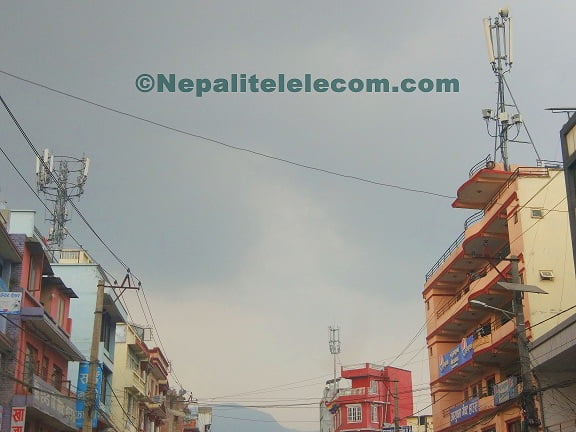
The rise of 4G connectivity is attributable to the increase in smartphone reach and vice versa. Smartphone penetration has actively helped grow mobile network expansion and data consumption, especially among the youth.
With 4G expansion growing steadily, the shift to the network has resulted in a gradual decline in the number of 3G users in Nepal. As of now, there are fifty-sixty lakh, eighty-three thousand, and one hundred six 3G subscribers. Likewise, the 2G base has fallen to fifteen lakh, fifty-eight thousand, nine hundred, and eighty-six. It’s obvious as newer 4G technology becomes more popular thanks to its high-speed data capacity and less latency.
Don’t miss: 2G or 3G? Which Mobile Network Will Shut Down in Nepal?
The major broadband stats
Here is a table for the calculation of the broadband internet penetration in Nepal, which we think NTA should publish in their MIS regularly.
| S.N | Technology/services for broadband in Nepal | Number of subscribers |
| 1 | 4G (LTE) | 22,232,416 |
| 2 | WCDMA, HSPA (3G) | 7,519,672 |
| 3 | 2G | 1,458,986 |
| 3 | EVDO | NA |
| 4 | ADSL | 5,843 |
| 6 | Fixed Internet via Fiber/Coaxial (ISPs Fiber, Ntc Fiber Net, Coaxial cable) | 2,804,928 |
| 7 | Radio (WiFi) | 6,738 |
| 8 | Lease line internet (Ntc) | NA |
| Total broadband users | 34,028,583 | |
| Total Broadband penetration against the population | 149.23% |
As we stated above, the total broadband percentage gives the impression that all Nepalese are covered by some form of high-speed internet. Meanwhile, the unique subscription of fiber service has surpassed 2.8 million unique users. NTA uses a 1 connection to 4.3 user ratio to generate the total fixed-line broadband users, so it’s important that we take into account the unique customer base.
Still room for expansion
That means Nepal still has an immense task to do for the expansion of broadband internet in Nepal, especially in fixed-line services. For this, the regulator has to introduce broadband-friendly policies and encourage service providers to expand to rural areas. This also includes freeing up sub 1 GHz frequencies for broadband networks (either 3G or 4G). In addition, the NTA should also amplify subsidies to the operators for the 4G rollout using the Rural Telecommunications Development Fund.
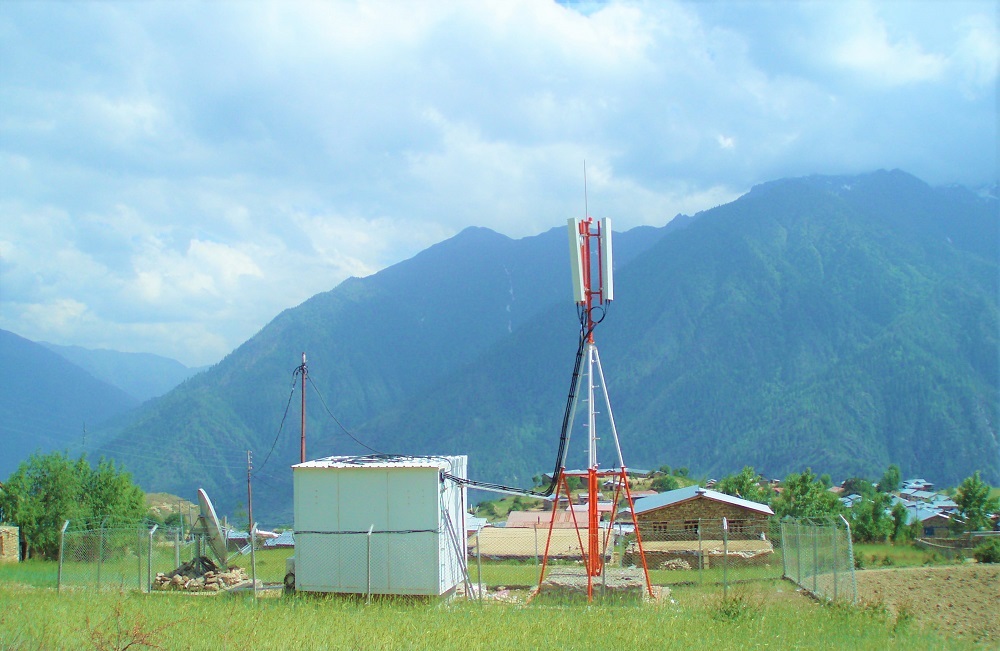
NT has trialed 5G and another telco Ncell is also ready for it. So, in the coming days, the government, telcos, and stakeholders should hold talks to expedite the advent of 5G in Nepal.
Ncell has also introduced Sadhain ON data packs as a preparation for 5G services in the near future.
Read: NTA to Allocate More Frequencies for 4G Network
Similarly, telecom operators and ISPs both need to jointly invest more resources to provide broadband service and help reduce the digital gap. Wireless broadband is one of the most feasible internet solutions for a country like Nepal with its complex geography and that is where telcos and ISPs need to focus more on rural expansion.
Tell us what you think of the Broadband situation in the country, in the comment below.


